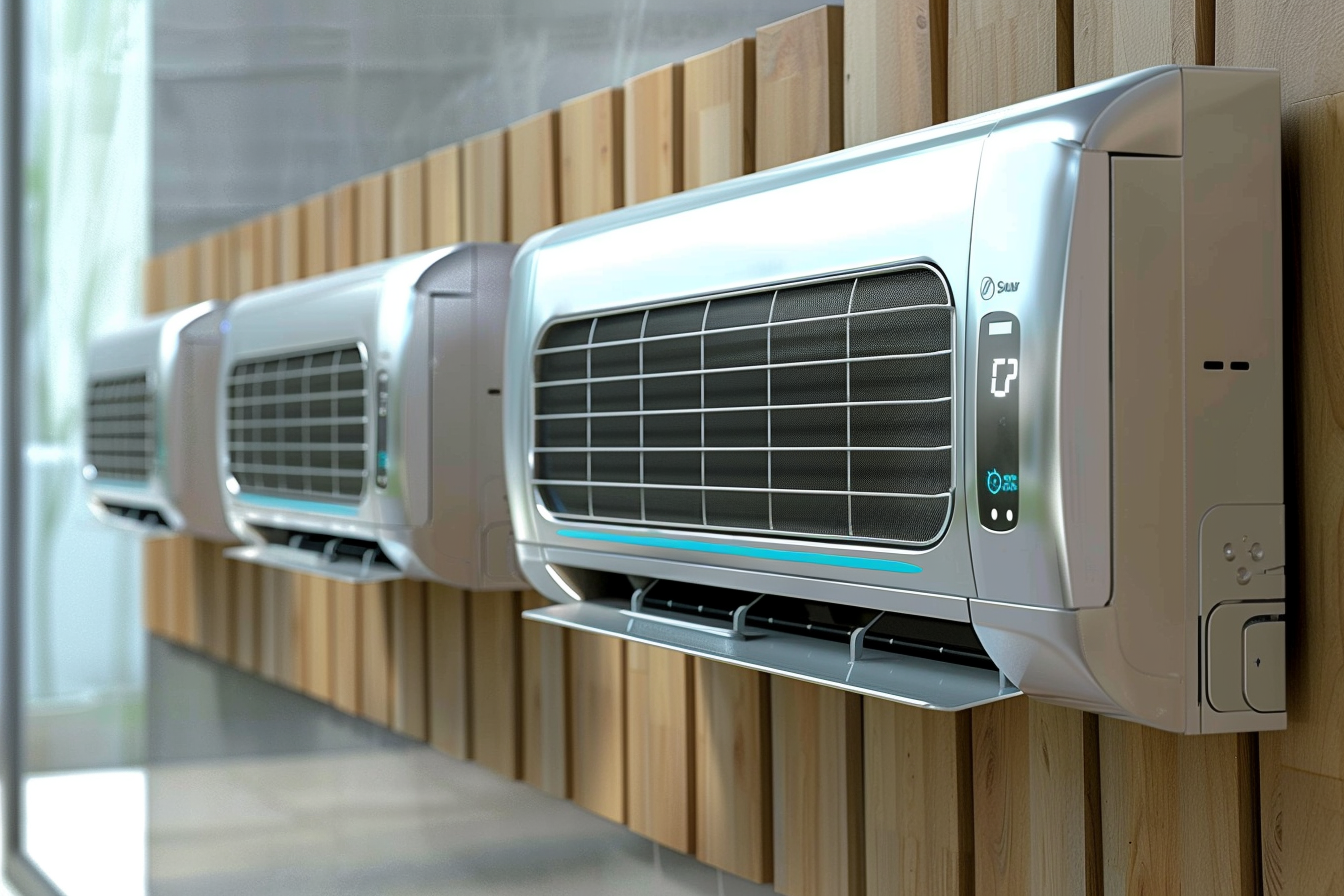Air Conditioners Without Outdoor Unit – Smart Buying Tips
Air conditioning has become an essential part of everyday comfort as people look for ways to manage rising temperatures and create a pleasant indoor climate. Traditional systems usually require both an indoor and an outdoor unit, which is not always practical. Many buildings limit exterior modifications, and in some living arrangements, adding outdoor equipment is simply impossible. In these situations, air conditioners without outdoor units offer a versatile alternative. They provide cooling in a compact and adaptable form, making them suitable for different spaces and lifestyles without the need for major construction work.

What Are Air Conditioners Without Outdoor Units?
Air conditioners without outdoor units, also known as monobloc or through-wall air conditioners, are self-contained cooling systems that don’t require an external condenser unit. Unlike traditional split systems that separate the evaporator and condenser into indoor and outdoor components, these units house all mechanical components in a single cabinet. The installation typically involves creating one or two small holes (approximately 5-8 inches in diameter) in an exterior wall for air exchange. The unit then draws in fresh air from outside, passes it over the condenser coils for heat exchange, and expels warm air back outdoors while cooling the interior space.
Most models require professional installation since they need proper wall penetration, sealing, and electrical connections. These systems are particularly popular in European markets where external unit restrictions are common, but they’re gaining traction worldwide as space-saving cooling solutions.
Advantages of Going Without an Outdoor Unit
The elimination of an external condenser offers several significant benefits. First, these systems preserve architectural aesthetics, making them ideal for historic buildings, rental properties, or locations with homeowner association restrictions. The minimal exterior footprint typically consists of only small, discreet vents rather than a bulky condenser unit.
Installation simplicity represents another advantage. With no need for refrigerant lines between separated components, installation can often be completed in a single day with less disruption to the property. This also reduces potential maintenance issues since there are fewer connection points where refrigerant leaks might occur.
For apartment dwellers and urban residents, these units solve common space constraints. Many buildings lack balcony space or permit external units, making traditional split systems impractical. The monobloc design overcomes these limitations while maintaining effective cooling performance.
Additionally, these systems typically have lower installation costs compared to conventional split ACs since they require less labor and fewer materials. The all-in-one design also simplifies maintenance as all components are accessible from inside the home.
Factors to Consider Before Buying
Before investing in an air conditioner without an outdoor unit, several important factors deserve consideration. First, cooling capacity should match your space requirements. These units typically range from 7,000 to 12,000 BTU, suitable for rooms between 250-550 square feet. Larger spaces may require multiple units or alternative cooling solutions.
Wall thickness compatibility is crucial since the unit must fit properly in your exterior wall. Most models accommodate walls between 12-24 inches thick, but you should verify your specific measurements. Some buildings, particularly those with concrete construction or insulated walls, may require special installation considerations.
Energy efficiency ratings vary widely among models. Look for units with high Energy Efficiency Ratio (EER) ratings to minimize operational costs, particularly if you’ll use the system frequently. While these units are generally less energy-efficient than premium split systems, high-quality models can still provide reasonable efficiency.
Noise level is another important consideration. Since all components operate within the living space, these units typically produce more indoor noise than split systems. Premium models incorporate sound insulation to minimize this issue, but budget-friendly options may operate at 45-55 decibels—similar to moderate conversation levels.
Installation requirements should be thoroughly evaluated. Some buildings prohibit wall penetrations or have specific restrictions on exterior modifications. Always check building regulations, lease agreements, and homeowner association rules before purchase.
Cost and Product Comparison
When evaluating air conditioners without outdoor units, price points vary based on cooling capacity, energy efficiency, and additional features. Understanding the market options helps make an informed decision.
| Model | Cooling Capacity | Installation Type | Key Features | Estimated Cost |
|---|---|---|---|---|
| Olimpia Splendid Unico Air | 8,000 BTU | Through-wall | Heat pump function, DC inverter | $1,300-1,600 |
| Midea MWA10CR71-A | 10,000 BTU | Through-wall | Remote control, timer function | $800-1,000 |
| DeLonghi PAC N82 ECO | 8,200 BTU | Portable with hose | No wall modification, mobility | $550-700 |
| Innova 2.0 | 12,000 BTU | Through-wall | Heating function, WiFi control | $1,800-2,200 |
| Gree Shiny | 9,000 BTU | Through-wall | High EER rating, sleep mode | $950-1,100 |
Prices, rates, or cost estimates mentioned in this article are based on the latest available information but may change over time. Independent research is advised before making financial decisions.
Professional installation typically adds $300-800 to these costs, depending on wall construction, electrical requirements, and local labor rates. While some portable options don’t require permanent installation, they generally offer lower efficiency and higher noise levels compared to through-wall models.
Maintenance Requirements
Maintaining an air conditioner without an outdoor unit is generally simpler than traditional split systems. Regular cleaning of the air filters (typically every 2-4 weeks during regular use) prevents dust buildup and maintains efficient operation. Most units feature easily accessible filters that can be removed, washed, and replaced without professional assistance.
Annual professional inspections are recommended to ensure optimal performance and longevity. These services typically include condenser coil cleaning, system pressure checks, and electrical component inspection. Since all components are housed in a single unit, maintenance technicians can complete the service without accessing outdoor areas.
Proper usage also extends equipment life. Avoiding rapid temperature changes, ensuring the area around the unit remains unobstructed, and running the system at moderate settings rather than maximum capacity will help prevent premature component wear.
Conclusion
Air conditioners without outdoor units offer a practical cooling solution for spaces with installation limitations or aesthetic concerns. While they typically cost more than comparable window units and consume more energy than premium split systems, their unique installation flexibility makes them valuable options for many environments. By considering space requirements, building restrictions, energy efficiency, and budget constraints, consumers can determine if these innovative cooling systems align with their specific needs and circumstances.




